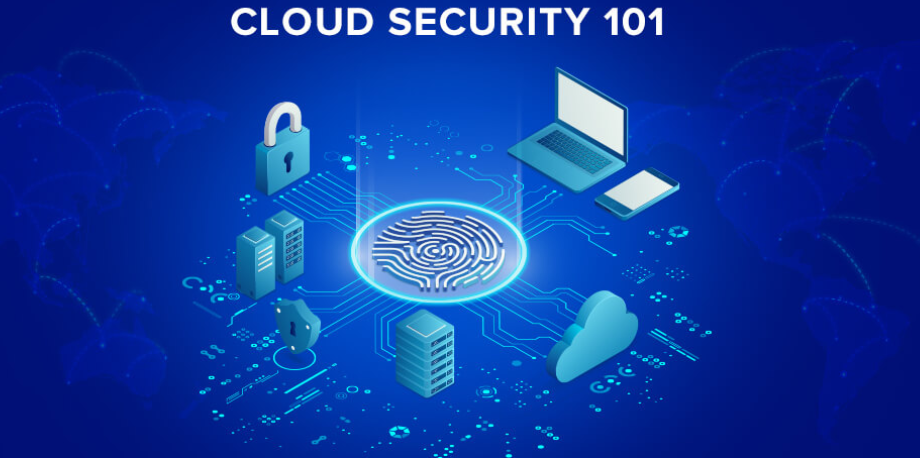Training programs for IT professionals and end users are essential components of a robust CSPM strategy. These programs ensure that individuals across the organization possess the knowledge and skills needed to effectively secure cloud environments. Here is a guide to designing training programs tailored to both IT professionals and end users:
- Comprehensive training curricula: Training programs for IT professionals and end users will become more comprehensive, covering a wide range of cloud security topics, including CSPM best practices. Though every cloud provider offers a comprehensive learning portal, designing and maintaining comprehensive curricula that address the diverse needs of different user groups and roles within the organization requires effort.
- Hands-on simulation and exercises: Training programs will increasingly incorporate hands-on simulations and exercises, allowing users to practice securing cloud environments in a controlled environment. Providing realistic and up-to-date simulations that mimic the complexity of real-world cloud security scenarios will be challenging.
- Role-based training: Training programs will tailor content based on the roles and responsibilities of different user groups, ensuring relevance and effectiveness. Identifying and categorizing the specific knowledge and skills required for distinct roles within the organization will be daunting tasks.
- Continuous learning platforms: Organizations will adopt continuous learning platforms that offer ongoing training opportunities, enabling users to stay informed about the latest cloud security developments. It ensures that continuous learning platforms remain engaging and that users actively participate in ongoing educational activities.
- Integration with cloud service providers: Training programs will integrate with cloud service providers’ educational resources, leveraging vendor-specific content to enhance user knowledge of cloud platforms. Training content must be adapted to changes in CSPs’ features and interfaces to ensure accuracy and relevance.
- Cultural shift toward security: Organizations will work toward a cultural shift where security is integrated into the daily activities of users, reducing the likelihood of unintentional security incidents. This will result in organizations overcoming resistance to change and ensuring that security becomes a shared responsibility across the organization.
- Human-centric security design: Security solutions and policies will be designed with a human-centric approach while considering user workflows and minimizing the likelihood of errors. It will also balance usability with security requirements and ensure that security measures do not hinder productivity.
In summary, the importance of user education in maintaining a secure cloud posture is expected to grow as cloud environments evolve. Organizations need to invest in comprehensive training programs that address the specific needs of IT professionals and end users while also addressing the human factor in cloud security. This approach will contribute to building a security-aware culture and reducing the overall risk of security breaches in the cloud.
